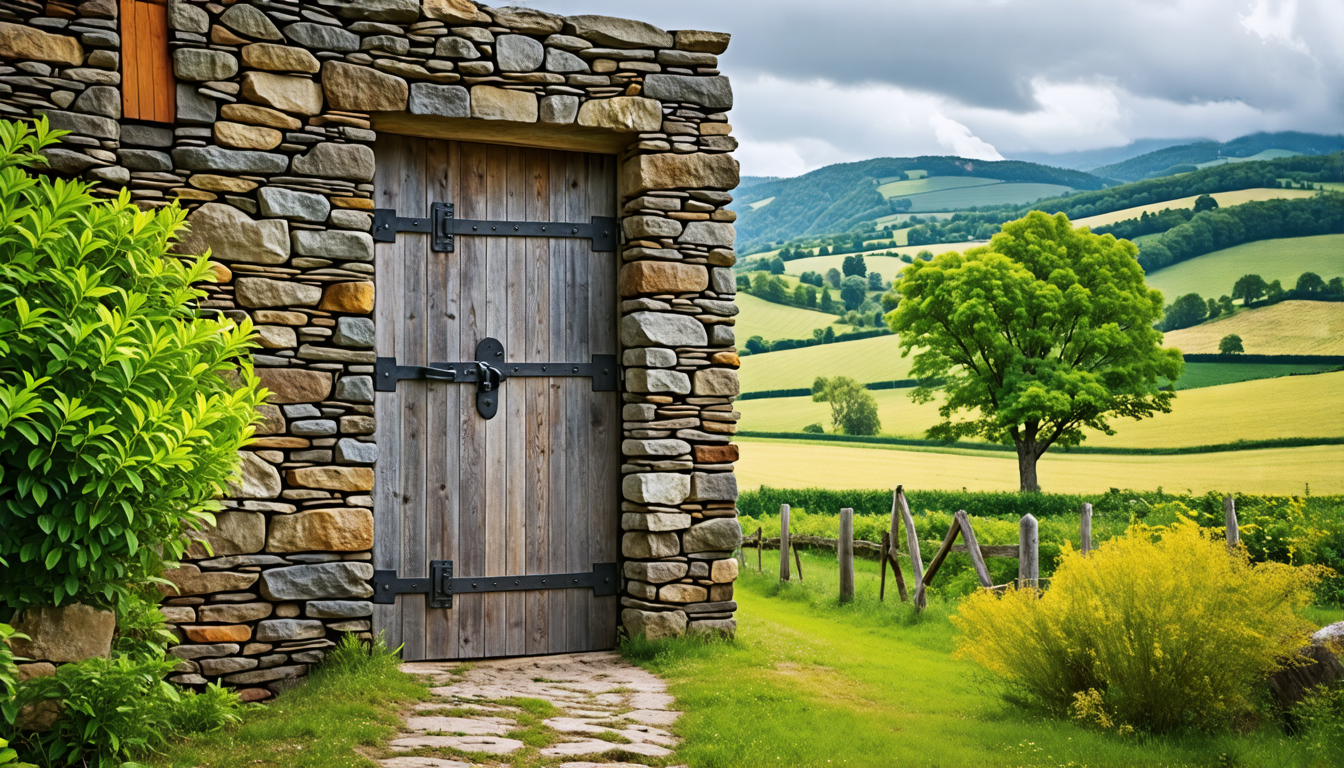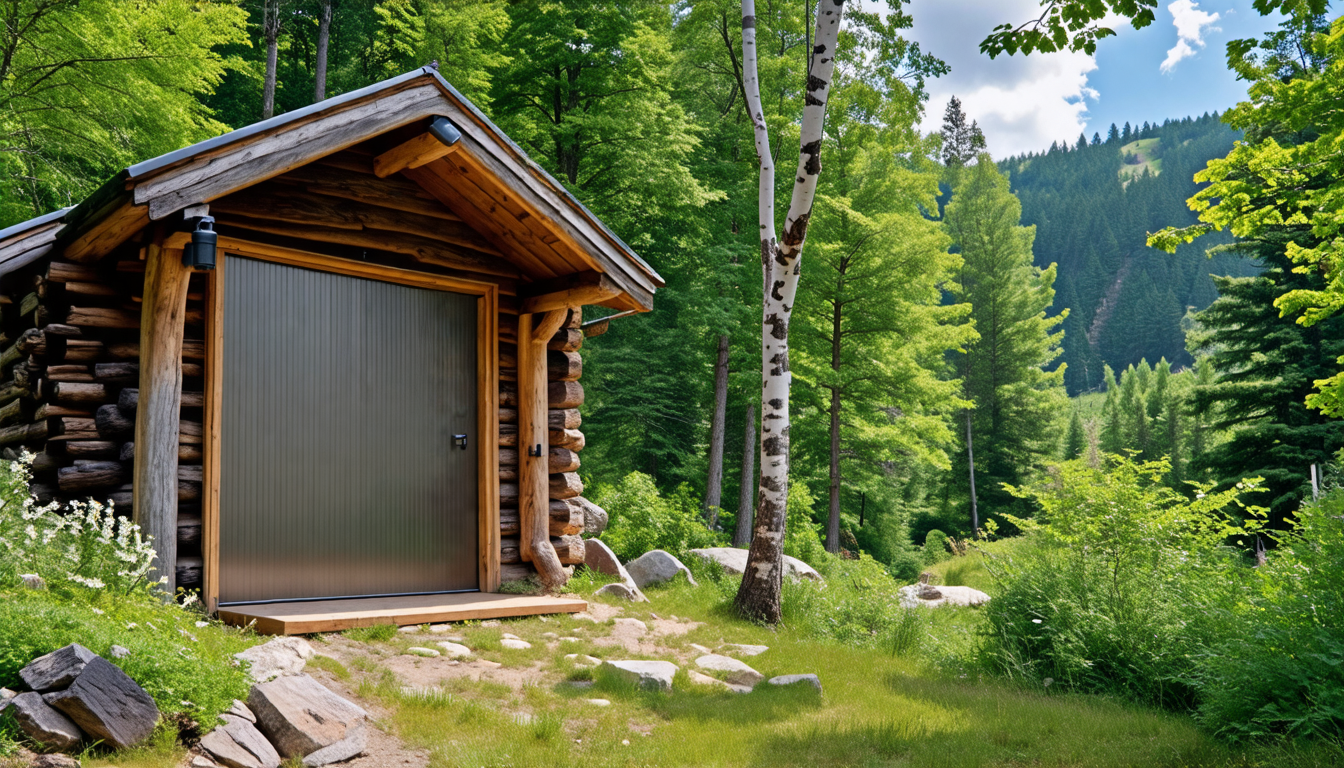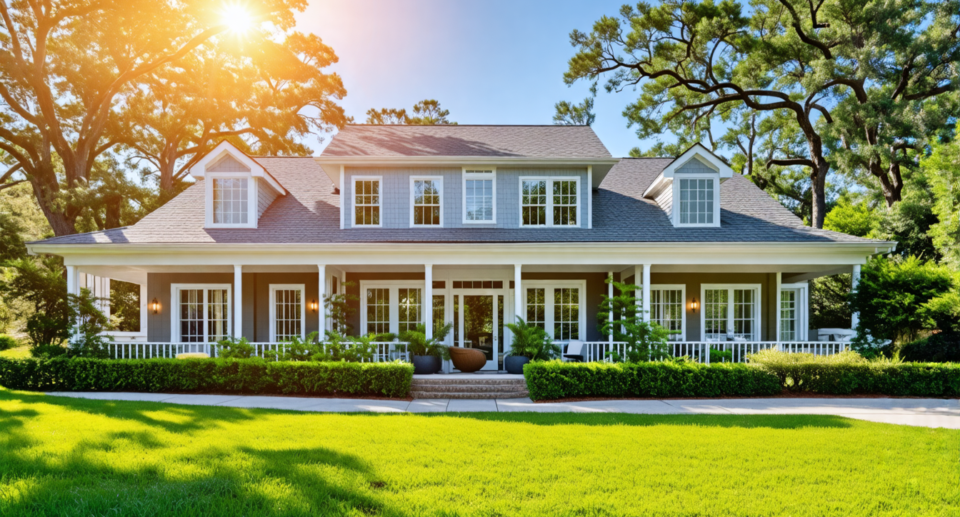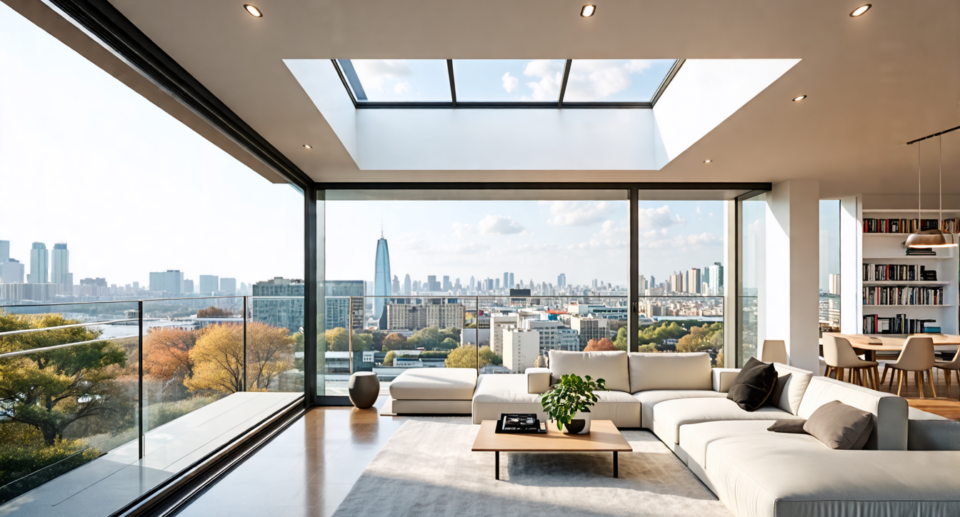Rugged and Reliable: Best Door Options for Remote and Rural Areas
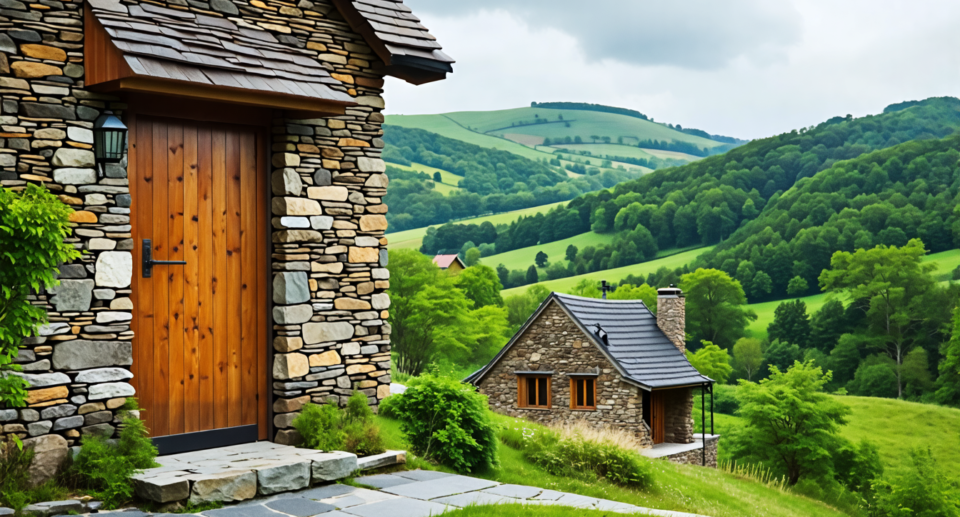
When it comes to selecting doors for homes and buildings in remote and rural areas, choosing the right option is crucial for both functionality and longevity. The importance of durable and reliable doors in these locales cannot be overstated, as they not only provide security against potential intrusions but also shield interiors from harsh weather conditions.
Rural settings often present unique challenges such as exposure to extreme weather, limited access to maintenance services, and varying security concerns. Therefore, investing in a door that can withstand these adversities is essential for property owners in these areas.
In this article, we will explore the top features to consider when selecting doors for rural settings, focusing on strength, durability, security, insulation, weather resistance, and maintenance needs. Readers will gain insights into the best materials and designs that offer robust performance in isolated environments.
From steel and fiberglass to wooden and composite options, we will delve into the specific benefits of each type of door and provide real-world examples and case studies that highlight their effectiveness in remote locations.
By the end of this comprehensive guide, you will be equipped with the knowledge to make an informed decision on the best door options to enhance the safety and comfort of your rural property.
Introduction to Door Options for Remote and Rural Areas
Importance of Durable Doors in Remote Locations
When considering door options for remote and rural areas, durability should be a top priority. These environments often subject doors to extremes that aren’t typically encountered in urban settings. From the harsh weather conditions, including snow, rain, and intense sunlight, to the potential for increased wear and tear, the demands on a door in a rural setting are unique.
Not only does a durable door enhance the longevity of your entrance, but it also plays a critical role in maintaining the structural integrity and security of your home. A robust door is essentially the first line of defense against a variety of external factors.
Common Challenges Faced in Rural Settings
Rural and remote locations come with a set of challenges that can significantly impact the choice of doors. One of the primary issues is the weather; rural areas may experience more severe and constant exposure to the elements. For instance, a rural house might face prolonged periods of direct sunlight during summer and heavy snowfall in winter—conditions that can strain weaker materials.
Additionally, the lack of nearby maintenance services means that once issues emerge, fixing them can be both time-consuming and costly.
Another significant challenge is security. Isolated homes are often more vulnerable to intrusion, making it imperative to have doors that offer robust security features. This not only involves the strength of the door material itself but also the integration of high-quality locks and reinforcements.
A third challenge is transport and installation. Due to the remote locations, getting certain types of doors delivered and installed can be complicated. Opting for doors that are easier to transport and install can greatly simplify the process and reduce costs. Understanding these challenges helps in the selection of doors that can meet all these specific needs efficiently.
Overview of What Readers Will Learn
In this article, readers will explore various door options that are specially designed to meet the unique needs of remote and rural settings. We will delve into the critical features to look for—including strength, security, insulation, weather resistance, and ease of maintenance.
Additionally, we will review some of the best door materials and types such as steel, fiberglass, wood, and composite. Real-world examples and case studies will also be presented to illustrate how these doors perform in rural environments.
By the end of this reading, you will be well-equipped to choose the most suitable door option for your remote or rural property, ensuring both durability and peace of mind.
Top Features to Look for in Doors for Rural Areas
Choosing the right door for remote and rural areas involves taking into account several key attributes. Your selection should factor in the environmental challenges, the need for security, as well as the level of upkeep you’re prepared to manage. Here are the top features to prioritize:
Strength and Durability: Materials that Withstand Harsh Conditions
In rural settings, doors are often subjected to harsh weather conditions and physical stress. Therefore, strength and durability become paramount. Materials like steel and fiberglass offer excellent durability and can withstand high winds, torrential rain, and even snow. Steel doors, for instance, are known for their robustness and are less likely to warp or crack. Fiberglass doors, on the other hand, are resistant to denting and scratching, proving advantageous in tough conditions.
Wooden doors, renowned for their timeless appeal, can also be incredibly durable if treated and maintained properly. The combination of durability and aesthetic allure makes wooden doors a viable option, though they may require more frequent maintenance in harsh climates. Composite doors, blending various resilient materials, offer a strong and low-maintenance alternative ideal for isolated locales.
Security: Ensuring Safety in Isolated Settings
Security is another critical element to consider when choosing doors for rural areas. With fewer neighbors around, the likelihood of unnoticed intrusions goes up. Opt for doors that offer enhanced security features. Steel doors are often preferred for their impenetrable build, providing a strong barrier against potential break-ins. Doors equipped with multi-point locking systems and reinforced frames add an extra layer of security.
Additionally, integrating smart technologies like video doorbells or smart locks can significantly increase safety. These technologies allow for remote monitoring and control, which can be crucial in isolated settings. The peace of mind offered by knowing your home is secured, even when you’re miles away, cannot be overstated.
Insulation and Weather Resistance: Keeping the Elements Out
Maintaining a comfortable indoor environment is essential, especially in areas where weather can be extreme. Doors with good insulation properties help to keep your home warm during winter and cool during summer, leading to energy efficiency and cost savings on utilities. Fiberglass doors are highly regarded for their thermal insulation properties.
Weather resistance should also be a key consideration. Steel and fiberglass doors generally excel in weather resistance, they do not swell, warp, or rot when exposed to moisture, unlike untreated wooden doors. However, treated and well-sealed wooden doors can also offer commendable weather resistance. Seals, weather stripping, and storm doors can provide additional protection against the elements, ensuring longevity and performance.
Ease of Maintenance: Low-Maintenance Options for Remote Areas
Living in a remote area means that regular maintenance work should be minimal. Steel and fiberglass doors are low-maintenance options that don’t require frequent repainting or sealing. A simple cleaning from time to time is generally sufficient to keep these doors looking good and functioning well. Composite doors also fall into this category, combining materials that require minimal upkeep while delivering superior performance.
Wooden doors, while needing more maintenance, can still be a viable option when treated with protective finishes and sealants. However, it’s essential to be prepared for routine checks and occasional refinishing to keep the door in optimal condition. The desire for a traditional aesthetic should balance the willingness to invest time and effort in maintenance.
Another valuable tip for ensuring ease of maintenance is opting for doors with finishes that resist dirt and grime build-up. Special coatings can provide UV protection, prevent mold and mildew growth, and make cleaning a breeze.
In summary, choosing the best door for a rural or remote area requires a focus on several essential features—strength and durability, security, insulation and weather resistance, and ease of maintenance. By weighing these factors according to your specific conditions and priorities, you can select a door that not only meets but exceeds your expectations, ensuring long-term reliability and peace of mind.
Best Door Options for Remote and Rural Areas
Steel Doors: Ultimate Strength and Security
If security and strength are at the top of your priority list, steel doors are the way to go. These doors are renowned for their durability and ability to withstand significant impacts, which can be crucial in remote and rural areas prone to extreme weather conditions and potential break-in attempts.
Steel doors typically feature a protective outer layer made from galvanized steel, which is resistant to rust and corrosion. This feature makes them an excellent choice for locations that experience high humidity or regular precipitation. Additionally, steel doors often come with reinforced cores, providing an added layer of protection against forced entry.
Another advantage of steel doors is their low maintenance. Unlike wooden doors, which may need regular sealing or painting, steel doors typically only require occasional cleaning to maintain their appearance and functionality. This makes them a practical option for remote areas where maintenance services might be less accessible.
Fiberglass Doors: Durability and Weather Resistance
Fiberglass doors offer a perfect blend of durability and resilience against harsh weather conditions. These doors are constructed from a composite material that mimics the appearance of wood but offers superior performance properties. This makes them a popular choice for homeowners seeking the aesthetic appeal of wooden doors without the associated maintenance hassles.
One of the key benefits of fiberglass doors is their outstanding weather resistance. Unlike wooden doors, fiberglass doors do not warp, crack, or rot when exposed to moisture. They also fare well in areas with extreme temperature fluctuations, making them ideal for rural locations that experience a wide range of weather conditions throughout the year.
Additionally, fiberglass doors are highly energy-efficient. They often feature insulated cores that help maintain indoor temperatures, reducing the need for excessive heating or cooling. This energy efficiency can be a significant advantage in remote areas where energy resources might be limited or costly.
Wooden Doors: Timeless Appeal with Proper Treatment for Durability
Wooden doors have a classic and timeless appeal that many homeowners find hard to resist. For remote and rural areas, properly treated wooden doors can provide both aesthetic charm and reliable durability. The key to ensuring the longevity of wooden doors lies in the type of wood used and the protective treatments applied.
Hardwoods like oak, mahogany, and maple are preferred for their natural strength and resistance to wear and tear. When these doors are treated with high-quality sealants and finishes, they can withstand the elements, including moisture, pests, and UV rays. Regular maintenance, such as refinishing and resealing, is essential to preserve the integrity and appearance of wooden doors in rural settings.
The natural insulating properties of wood also contribute to energy efficiency, providing a comfortable indoor environment regardless of the outdoor weather. This can be particularly beneficial in remote areas where climate control is a priority.
Composite Doors: Blend of Strength and Low Maintenance
Composite doors are an excellent choice for those seeking a combination of strength, security, and low maintenance. These doors are constructed from a variety of materials, including wood, fiberglass, and PVC, which are compressed and bonded together. This construction method results in doors that are incredibly durable and weather-resistant.
One of the standout features of composite doors is their ability to resist warping, cracking, and fading, even under harsh environmental conditions. This makes them a reliable option for rural areas exposed to the elements. Additionally, composite doors do not require the same level of maintenance as pure wooden doors. A simple cleaning routine is typically sufficient to keep them looking new and functioning optimally.
Composite doors also offer excellent insulation properties, thanks to their multi-layer construction. This helps to keep homes in rural areas warm during the winter and cool during the summer, contributing to overall energy efficiency.
Real-World Examples and Case Studies: Success Stories in Rural Settings
To truly understand the benefits of these door options, it’s helpful to look at real-world examples and case studies from rural settings.
Take, for instance, a farm in the Midwest that opted for steel doors due to their superior strength and ability to withstand strong winds and impacts. These doors have provided reliable security and weather resistance, enduring several severe storms with minimal maintenance.
In another case, a remote mountain cabin in Colorado chose fiberglass doors to combat the challenges posed by heavy snowfall and temperature fluctuations. The fiberglass doors have remained structurally sound and aesthetically pleasing, requiring only basic cleaning and minimal upkeep.
In a quaint countryside home in Vermont, the homeowners selected treated wooden doors to maintain the property’s historic charm. With regular maintenance and proper treatment, these wooden doors have successfully resisted rot, insects, and the damaging effects of sun exposure.
Lastly, a rural bungalow in Texas installed composite doors to benefit from their low maintenance and strong insulation. Even in the sweltering heat, these doors have kept the indoor environment comfortable and energy bills manageable.
These success stories highlight the practicality and effectiveness of choosing the right door option tailored to the specific challenges faced in remote and rural areas. Whether it’s the ultimate security of steel, the weather resistance of fiberglass, the timeless appeal of treated wood, or the low-maintenance efficiency of composite doors, there’s a suitable option for every rural setting.
In conclusion, selecting the right door for remote and rural areas is crucial for ensuring both security and comfort in these often challenging environments. The unique demands of rural living, such as exposure to harsh weather conditions and the need for enhanced security due to isolation, mean that homeowners must prioritize strength, durability, insulation, and ease of maintenance when choosing a door.
Steel doors stand out for their unparalleled strength and security, making them ideal for more hazardous locations. Fiberglass doors offer a great balance of durability and weather resistance, suited for areas with extreme climate variations. Wooden doors, while offering a timeless aesthetic, require proper treatment to meet the demands of rural settings. Composite doors provide a robust and low-maintenance solution, blending the best qualities of other materials.
Real-world examples and case studies highlight how these door options have successfully met the needs of rural homeowners, demonstrating that investing in a high-quality door is not just a matter of convenience, but one of crucial necessity.
Whether through the steadfast security of steel, the resilience of fiberglass, the classic charm of treated wood, or the multifunctional benefits of composite doors, there are options available that cater to the specific needs of remote and rural living.
By carefully considering these features and material options, homeowners can make informed decisions that will enhance the safety, efficiency, and overall quality of their rural living experience.

Hello, I’m Keith Jones. I’m the author and head of content here of door and window guide. I’ve been in the window and door industry for over 10 years in the UK and North America. I’ve had quite a few roles during my career mainly in Worldwide sales. I’m now semi retired so I thought I’d put my knowledge to good use educating people about all they might need to know about door and window related topics.


